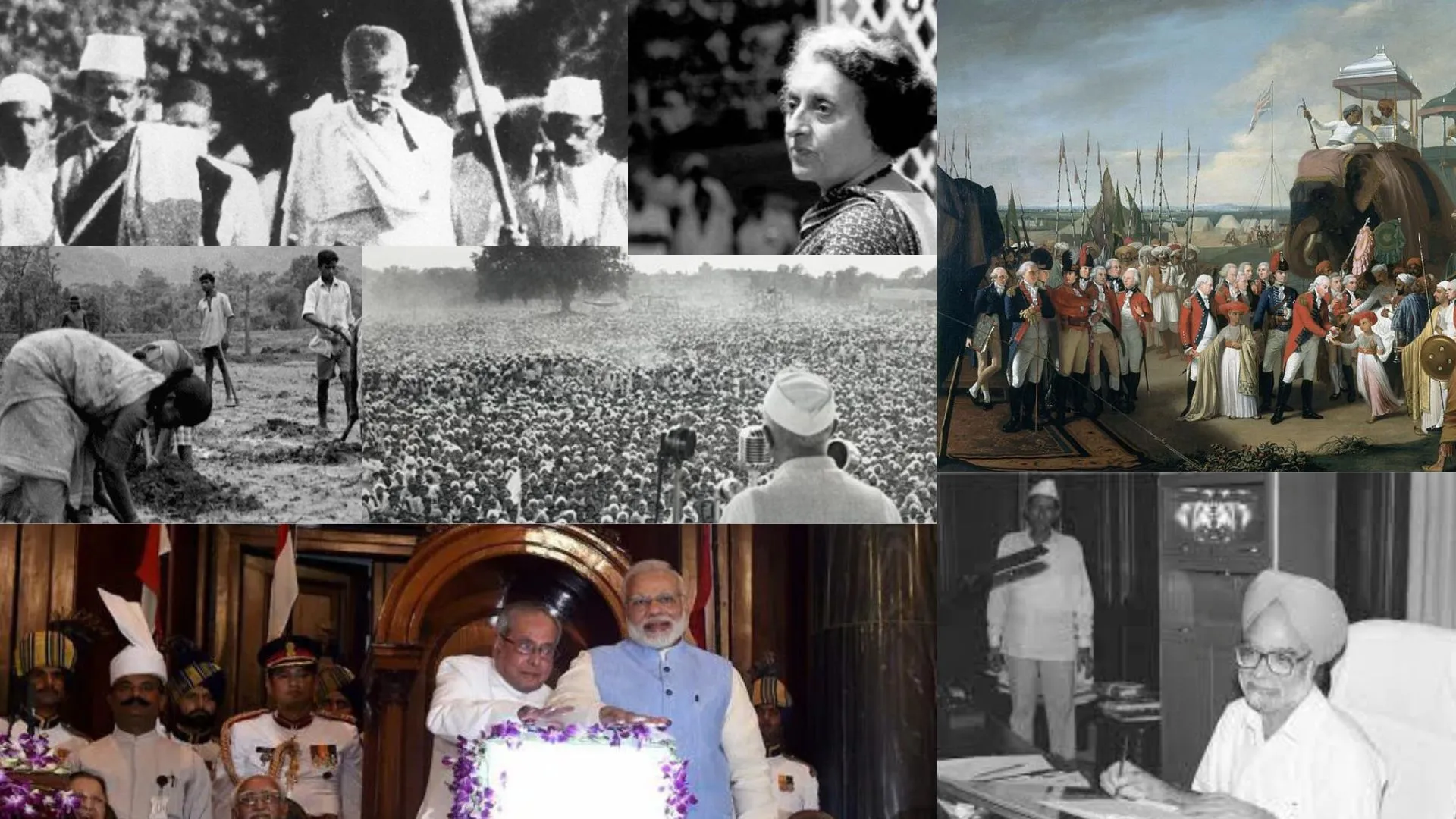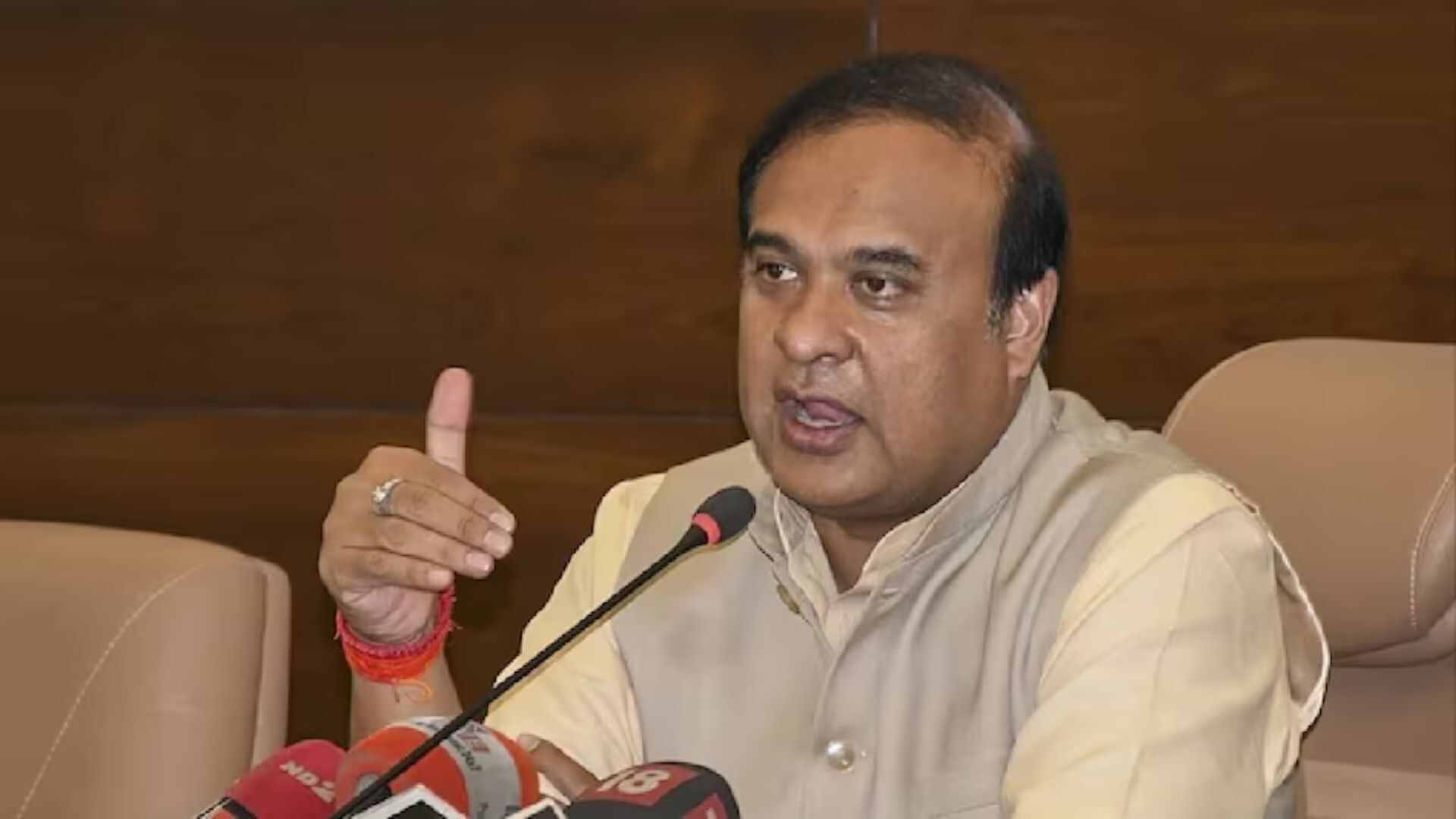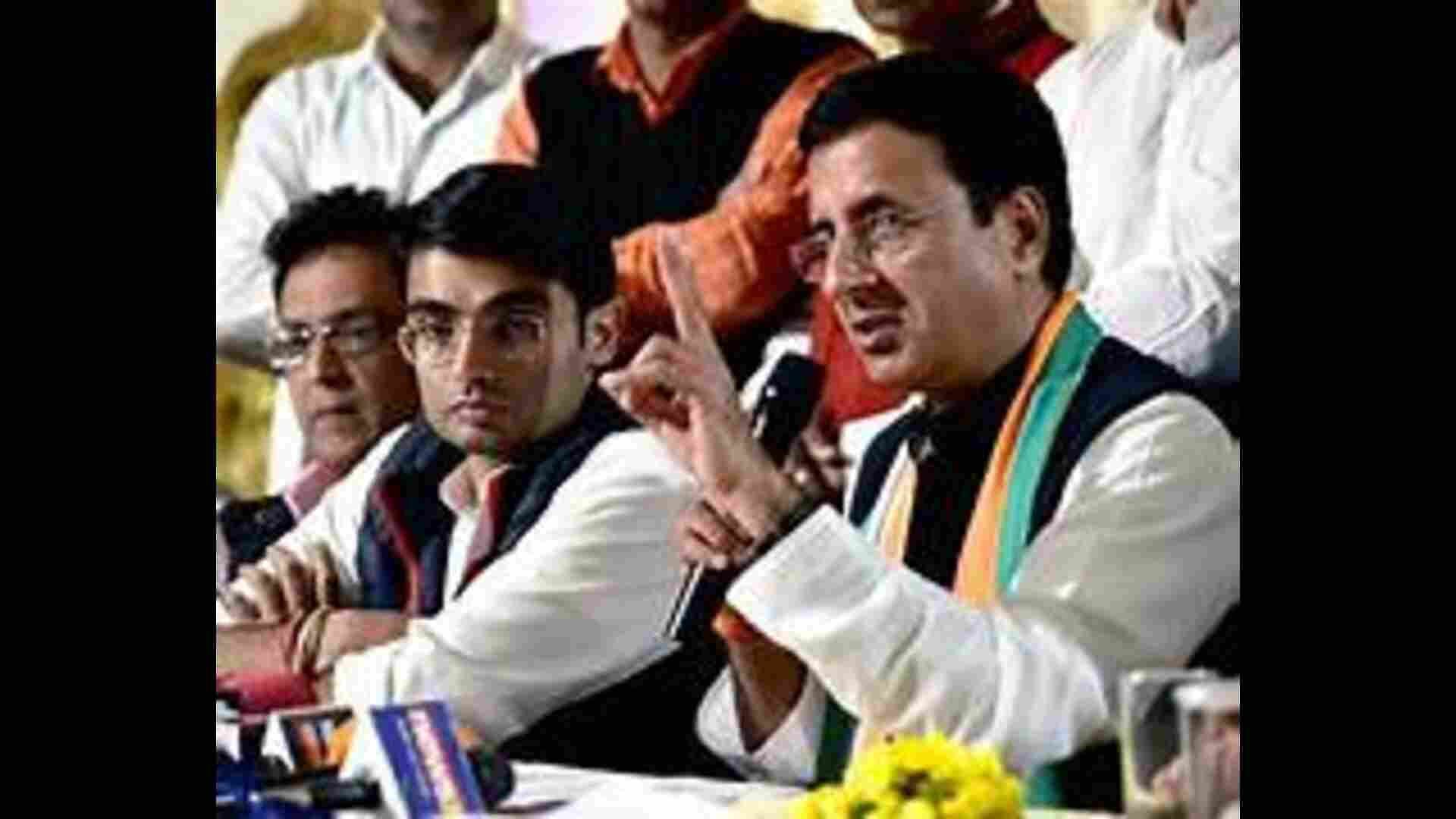The evolution of India’s tax system is a complex narrative interwoven with the country’s historical, economic, and social fabric. From the heavy-handed imposition of taxes during the British colonial era to the modern challenges of balancing revenue generation with social welfare, India’s tax system has been a reflection of its broader societal transformations. The recent increase in the taxation of health insurance premiums, as highlighted in the Union Budget of 2024-25, has rekindled a debate about the role of taxes in the healthcare sector. This essay explores the historical trajectory of India’s tax policies, tracing how these policies have shaped contemporary attitudes towards health insurance taxation and their broader implications for healthcare access and equity.
A Colonial Legacy of Extraction
India’s tax history is deeply rooted in the colonial era, where taxation was primarily a tool for resource extraction by the British Empire. The colonial tax structure was designed to maximize revenue for the British while minimizing their administrative costs. The infamous land revenue systems—the Permanent Settlement, Mahalwari, and Ryotwari—were emblematic of this approach, placing an enormous burden on the rural population. These systems not only entrenched poverty and indebtedness among farmers but also disrupted traditional agricultural practices, leading to widespread economic distress.
In addition to direct taxes like land revenue, the British imposed various indirect taxes, such as the salt tax, which disproportionately affected the poorer sections of society. The introduction of income tax in 1860 marked a shift towards direct taxation, but this shift was undermined by numerous exemptions that favored the wealthy and powerful. The inequity of the colonial tax system fueled resentment and resistance, epitomized by Mahatma Gandhi’s Salt March in 1930, a protest against the oppressive salt tax that symbolized the broader struggle against colonial exploitation.
Post-Independence: A Balancing Act
The dawn of independence in 1947 brought with it the monumental task of overhauling the colonial tax system and creating a framework that would support nation-building and economic development. The early post-independence years saw the Indian government grappling with the dual challenges of addressing the inequities of the past while laying the groundwork for a modern economy. Income tax emerged as a key revenue source, with the introduction of income tax slabs aimed at ensuring a fairer distribution of the tax burden.
However, the challenge of balancing revenue generation with social welfare remained a persistent issue. The 1970s witnessed an ambitious experiment with a highly progressive tax structure, which sought to reduce income inequality by imposing steep taxes on the wealthy. Unfortunately, this approach backfired, leading to widespread tax evasion and stifling economic growth. The experience underscored the importance of finding a balance between equity and efficiency in tax policy—a lesson that continues to resonate in contemporary debates about health insurance taxation.
The Middle Class and the Tax Burden
The emergence of the Indian middle class as a significant economic force in the latter half of the 20th century coincided with important changes in tax policy. The introduction of income tax slabs allowed the burgeoning middle class to save and invest, contributing to economic growth and social mobility. However, this segment of society has also borne the brunt of successive tax increases over the years.
The imposition of capital gains tax on real estate, for example, has had a considerable impact on the middle class, affecting their ability to invest in property—a traditional avenue for wealth accumulation. Moreover, the rising cost of living, coupled with stagnant income growth for many, has exacerbated the tax burden on the middle class. In this context, the recent hike in health insurance premiums is seen as yet another financial blow to a segment already struggling with economic pressures.
Health Insurance: A New Frontier in Taxation
The inclusion of health insurance premiums within the tax net is a relatively recent development in India’s fiscal landscape. This move, ostensibly aimed at broadening the tax base, has sparked intense debate about its implications for healthcare accessibility and affordability. Critics argue that taxing health insurance premiums discourages individuals from opting for private health insurance, which could lead to an increased reliance on the already overburdened public healthcare system.
From the government’s perspective, the tax hike is justified as a necessary measure to fund healthcare initiatives and improve the overall health infrastructure. However, the perception of this move as contradictory to the stated goal of making healthcare more affordable has eroded public trust. The public’s discontent with the taxation of health insurance reflects a broader frustration with the perceived inequities of the tax system—a sentiment that has deep historical roots.
The Economic Ripple Effects of Health Insurance Tax Hike
The decision to increase taxes on health insurance premiums has far-reaching implications for the Indian economy. While the government may anticipate increased revenue from this move, the potential economic consequences are complex and multifaceted.
Direct Economic Impact
One of the immediate effects of the health insurance tax hike is a reduction in disposable income for individuals and households. With higher health insurance premiums adding to the already significant inflationary pressures, many families find their purchasing power further diminished. This reduction in disposable income can dampen consumer spending, which is a key driver of economic growth in India.
For the middle class, which is already grappling with rising living costs, the increased tax burden represents a significant financial strain. This demographic is likely to cut back on discretionary spending, leading to a potential slowdown in consumption-driven sectors of the economy. Additionally, if businesses are forced to bear a larger share of health insurance costs for their employees, they may resort to cost-cutting measures, including layoffs. Such actions could increase unemployment rates and further dampen economic activity.
Indirect Economic Consequences
The broader economic implications of the health insurance tax hike are equally concerning. In the healthcare sector, there is a risk that the tax increase could discourage people from purchasing health insurance, leading to a decline in the insurance pool. A smaller insurance pool would make it more expensive for insurers to operate, potentially triggering further premium hikes and creating a vicious cycle.
For individuals who opt out of health insurance due to the higher costs, the result is likely to be increased out-of-pocket expenses for medical treatments. This can lead to financial hardship, particularly for lower-income families who are already vulnerable to economic shocks. Furthermore, a decline in private health insurance coverage could place additional strain on the public healthcare system, which is already under-resourced and struggling to meet the needs of the population.
Long-Term Implications
In the long term, the increased tax burden on health insurance premiums could have a chilling effect on the investment climate in India. High taxes and rising costs of living may discourage both domestic and foreign investors, potentially slowing economic growth. Moreover, if the tax hike is perceived as unfair or regressive, it could lead to social unrest and protests, disrupting economic activity and further eroding public trust in the government.
Another potential long-term consequence is the risk of a “brain drain,” where skilled professionals, disillusioned by high taxes and limited economic opportunities, seek employment abroad. Such a loss of talent could hamper India’s economic progress and innovation, undermining the country’s competitive position in the global economy.
Balancing Act: Revenue Generation and Economic Growth
The government faces the challenging task of balancing the need for revenue generation with the potential economic consequences of tax hikes. To mitigate the negative impact of the health insurance tax increase, the government could explore alternative revenue sources. Improving tax compliance, reducing tax exemptions for the wealthy, and exploring new avenues of taxation are potential strategies to consider.
Moreover, it is crucial for the government to invest the additional revenue generated from the health insurance tax wisely. Strengthening the public healthcare system and making quality healthcare accessible and affordable to all citizens should be a top priority. Such investments would not only improve the overall health of the population but also contribute to economic growth by reducing productivity losses due to illness.
Tax Exemptions and Healthcare Access: A Complex Relationship
Tax exemptions have long been a cornerstone of fiscal policy in India, aimed at incentivizing specific behaviors or supporting particular sectors of the economy. In the healthcare sector, tax exemptions have been used to promote health insurance coverage, encourage medical research, and support charitable activities. However, the effectiveness of these exemptions in shaping healthcare access is a complex issue with both positive and negative implications.
Tax Exemptions and Health Insurance
One of the most common uses of tax exemptions in healthcare is to incentivize individuals to purchase health insurance. By allowing individuals to deduct health insurance premiums from their taxable income, the government aims to make insurance more affordable and increase coverage rates. While this approach has been successful in some countries, its effectiveness in India is debatable due to several factors.
First, income inequality remains a significant challenge. Tax exemptions primarily benefit higher-income individuals who are more likely to afford health insurance in the first place. Lower-income individuals, who would benefit most from increased coverage, may not be able to take advantage of these exemptions due to their limited taxable income. Additionally, a large portion of the Indian population operates in the informal economy, with limited access to formal financial services and tax benefits. This limits the reach of tax exemptions in promoting health insurance coverage among vulnerable groups.
Another challenge is the administrative burden associated with claiming tax exemptions. The process can be complex and time-consuming, often requiring individuals to maintain detailed records and navigate bureaucratic hurdles. This can deter people from claiming eligible deductions, reducing the overall impact of the exemption.
Tax Exemptions and Medical Research
Tax exemptions are also used to promote medical research and development. By providing tax breaks to pharmaceutical companies, research institutions, and donors, the government aims to accelerate innovation and the development of new treatments and cures. While these incentives can stimulate research, they also raise concerns about the affordability and accessibility of new drugs and technologies.
Pharmaceutical companies may use tax exemptions to offset research and development costs, but this does not always translate into lower prices for consumers. High drug prices can limit access to life-saving treatments, particularly for patients who cannot afford the exorbitant costs. Moreover, research efforts are often directed towards diseases with a larger market potential, leading to a neglect of rare or neglected diseases that disproportionately affect low-income populations.
To address these challenges, the government could explore alternative approaches to incentivizing medical research, such as public-private partnerships, grants, and subsidies. These mechanisms could help ensure that the benefits of medical innovation are more equitably distributed across society.
Tax Exemptions and Charitable Healthcare Activities
In addition to promoting health insurance and medical research, tax exemptions are also used to support charitable healthcare activities. Nonprofit organizations that provide free or low-cost medical services to underserved populations often rely on tax-exempt donations and grants to fund their operations. These organizations play a crucial role in filling gaps in the public healthcare system, particularly in rural and remote areas.
However, the reliance on tax-exempt donations raises questions about the sustainability and scalability of charitable healthcare initiatives. While these organizations provide essential services, they are often limited by funding constraints and may not be able to meet the growing demand for healthcare in India. Moreover, the availability of tax exemptions can create disparities in the allocation of resources, with some regions or populations receiving more support than others.







